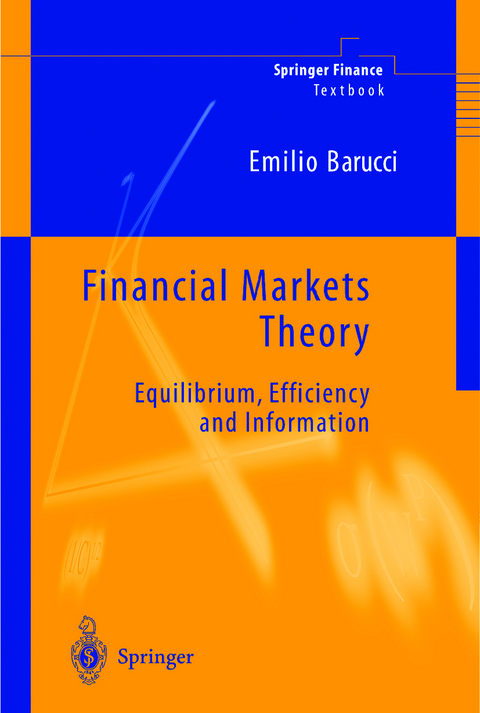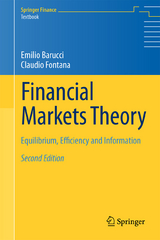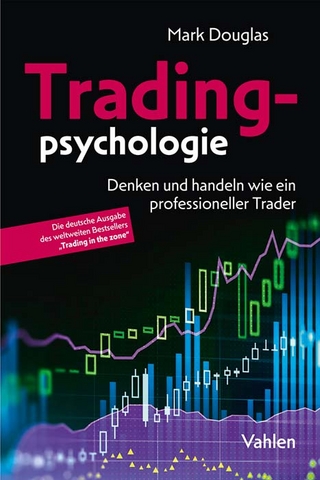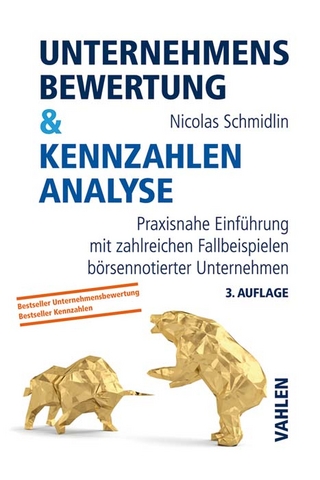
Financial Markets Theory
Springer London Ltd (Verlag)
978-1-4471-1093-4 (ISBN)
- Lieferbar
- Versandkostenfrei
- Auch auf Rechnung
- Artikel merken
1 Prerequisites.- 1.1 Choices under Certainty.- 1.2 General Equilibrium Theory.- 1.3 Pareto Optimality.- 2 Choices under Risk.- 2.1 Expected Utility Theory.- 2.2 Risk Aversion.- 2.3 Portfolio Problem.- 2.4 Insurance Demand and Prudence.- 2.5 Notes, References and Exercises.- 3 Stochastic Dominance, Mutual Funds Separation and Portfolio Frontier.- 3.1 Stochastic Dominance.- 3.2 Mean-Variance Analysis.- 3.3 Portfolio Frontier (risky assets).- 3.4 Portfolio Frontier (risky assets and a risk free asset).- 3.5 Mutual Funds Separation.- 3.6 Notes, References and Exercises.- 4 General Equilibrium Theory and Risk Exchange.- 4.1 Risk Sharing and Pareto Optimality.- 4.2 Asset Markets.- 4.3 Intertemporal Consumption.- 4.4 The Fundamental Asset Pricing Theorem I.- 4.5 Notes, References and Exercises.- 5 Risk Premium: Capital Asset Pricing Model and Asset Pricing Theory.- 5.1 Capital Asset Pricing Model (CAPM).- 5.2 Empirical Tests of the CAPM.- 5.3 Arbitrage Pricing Theory (APT).- 5.4 Empirical Tests of the APT.- 5.5 Notes, References and Exercises.- 6 Multiperiod Market Models.- 6.1 Portfolio Choice, Consumption and Equilibrium.- 6.2 The Fundamental Asset Pricing Theorem II.- 6.3 Risk Premium and Factor Models.- 6.4 The No Arbitrage Fundamental Equation and Bubbles.- 6.5 Empirical Tests: Price-Dividend Process.- 6.6 Empirical Tests: CCAPM, ICAPM and Risk Premium.- 6.7 Notes, References and Exercises.- 7 Information and Financial Markets.- 7.1 The Role of Information in Financial Markets.- 7.2 On the Possibility of Efficient Markets.- 7.3 On the Impossibility of Efficient Markets.- 7.4 Multiperiod Models.- 7.5 Empirical Analysis.- 7.6 Notes, References and Exercises.- 8 Uncertainty, Rationality and Heterogeneity.- 8.1 Uncertainty, Risk and Probability.- 8.2 On Expected Utility Theory.- 8.3 Heterogeneous Agents and Substantial Rationality.- 8.4 Bounded Rationality, Incomplete Information and Learning.- 8.5 Imperfect and Incomplete Markets.- 9 Financial Markets Microstructure.- 9.1 The Role of Information under non-Perfect Competition.- 9.2 Order Driven Markets.- 9.3 Quote Driven Markets.- 9.4 Multiperiod Market Models.- 10 Corporate Finance.- 10.1 Modigliani-Miller Theorem.- 10.2 Asymmetric Information.- 10.3 Agency Models.- 11 Intermediation and Regulation.- 11.1 Institutional Investors, Intermediation and Financial Markets.- 11.2 Market Design.- 11.3 Market Abuse: Insider Trading and Market Manipulation.- References.
| Reihe/Serie | Springer Finance | Springer Finance Textbooks |
|---|---|
| Zusatzinfo | XII, 467 p. |
| Verlagsort | England |
| Sprache | englisch |
| Maße | 155 x 235 mm |
| Themenwelt | Mathematik / Informatik ► Mathematik ► Angewandte Mathematik |
| Wirtschaft ► Allgemeines / Lexika | |
| Wirtschaft ► Betriebswirtschaft / Management ► Finanzierung | |
| Wirtschaft ► Betriebswirtschaft / Management ► Rechnungswesen / Bilanzen | |
| Betriebswirtschaft / Management ► Spezielle Betriebswirtschaftslehre ► Bankbetriebslehre | |
| Wirtschaft ► Volkswirtschaftslehre ► Wirtschaftspolitik | |
| Schlagworte | Assets • Banking • Finance • Graduate level • insurance • mathematical finance • Microeconomics • Research level |
| ISBN-10 | 1-4471-1093-5 / 1447110935 |
| ISBN-13 | 978-1-4471-1093-4 / 9781447110934 |
| Zustand | Neuware |
| Haben Sie eine Frage zum Produkt? |
aus dem Bereich



